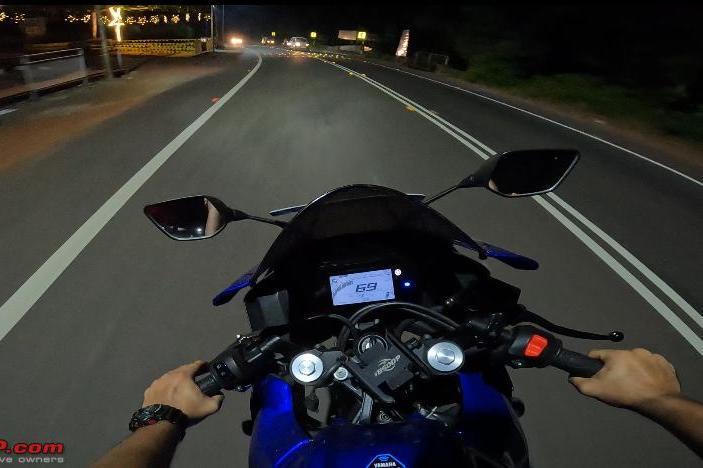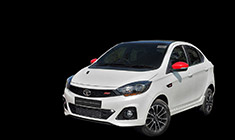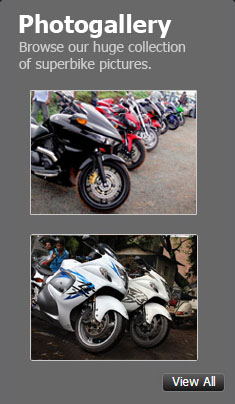News
Motorcycle's front end becomes unstable at high speeds? Things to check
There is an endless list of faults that also cause instability of the front wheel but this adjustment is the easiest to try first.
BHPian Redex recently shared this with other enthusiasts.
Does your bike feel unstable at high speeds?
The most common reason for this is too little pre-load on the rear suspension. Under this condition, the rear of the bike squats down on the suspension and weight is transferred to the rear wheel. Increasing spring pressure at the rear will raise the seat height and transfer weight to the front wheel increasing straight-line stability.
If the instability increases carrying a pillion the most likely cause is rear spring adjustment.
Try it!
A quick way to check the rear preload is to sit further forward and move your body weight towards the front wheel. Instability reduced? Yes! Then increase the rear spring pre-load. Sometimes you may need to reduce the front fork pre-load if you can. Adjusting the damping will have little to no effect.
Assuming everything mechanical is correct and changing pre-load makes little difference, you probably need to change the tyres to a different pattern or brand. However, first check the tyre manufacturer's pressure for your bike, it probably differs from your owner's manual. Especially on older bikes. The owner's manual only gives the pressure for 1 or 2 patterns and brands that were fitted as OEM parts.
There is an endless list of faults that also cause instability of the front wheel. This adjustment is the easiest to try first.
After that, look at the tyres, pressure, balance, uneven wear, or wrong type. Gets more complicated, worn headstock bearings, warped disc, binding brakes, low front fork oil, buckled wheel rim etc etc.
Here's what BHPian aargee had to say about the matter:
In my humble opinion, when I feel that my motorcycle is shaking or unstable at high speeds, the very first thing I would do is fill in air in both tires to 1 PSI more than the manufacturer's recommendation.
This has not worked only once on my CBR when the front tire got punctured, otherwise, this has worked nearly 100% of the time & not a very expensive affair.
Here's what BHPian Redex replied:
Whatever works for you. Personally, I have never been able to feel any difference in pressure unless it is greater than 5 psi. My experience is based on riding in the UK. Cruising at 120 to 130 kph. High-speed wobble is usually caused by incorrect balance front to rear. (Assuming there are no mechanical causes for the wobble). Tyre design, quality and age have a much greater effect on handling. Tyre pressures can increase up to about 5 psi when riding hard and fast. It only takes one ride sitting further forward on the seat to see if you need to increase the rear spring load.
I tried it on my Yamaha XT600e, single 600cc trail bike. Sitting forward made a noticeable difference so I increased the pre-load. Still not perfect so I replaced the front and rear tyres with Conti Trail Attack 2 tyres (designed for 90% on-road use).
Now have the perfect combination in the wet and dry. Bike is most comfortable at 120kph, it will max out at 160kph but the rpm is too high to sustain on a single-cylinder 600cc bike. Not what the XT600e was designed for.
I fitted adjustable preload air suspension to my previous bike Honda Valkyrie 6 cylinder 1500cc cruiser. I find it perfect for providing a stable ride, with or without a pillion, and/or 3 hard luggage cases attached, cruising at up 180kph, max out at 195kph.
Check out BHPian comments for more insights and information.



















